Guillermo Iglesias
MOC-AE: An Anatomically-Pathological-Based model for Clinical Decision Support System of tumoural brain images
Jan 09, 2023Abstract:The present work proposes a Multi-Output Classification Autoencoder (MOC-AE) algorithm to extract features from brain tumour images. The proposed algorithm is able to focus on both the normal features of the patient and the pathological features present in the case, resulting in a compact and significant representation of each image. The architecture of MOC-AE combines anatomical information from the patients scan using an Autoencoder (AE) with information related to a specific pathology using a classification output with the same image descriptor. This combination of goals forces the network to maintain a balance between anatomical and pathological features of the case while maintaining the low cost of the labels being used. The results obtained are compared with those of similar studies and the strengths and limitations of each approach are discussed. The results demonstrate that the proposed algorithm is capable of achieving state-of-the-art results in terms of both the anatomical and tumor characteristics of the recommended cases.
Data Augmentation techniques in time series domain: A survey and taxonomy
Jun 25, 2022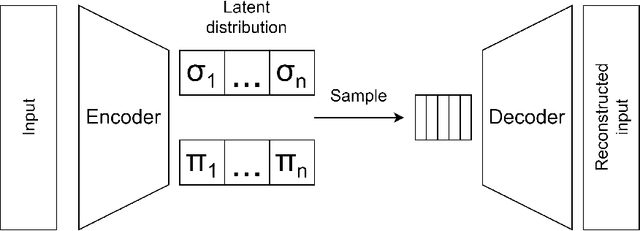
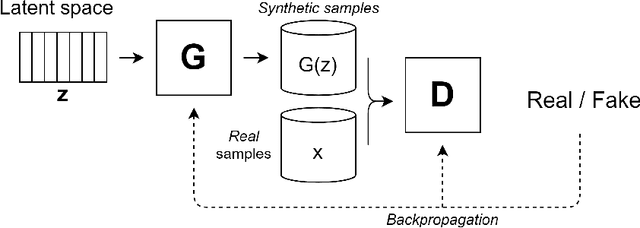
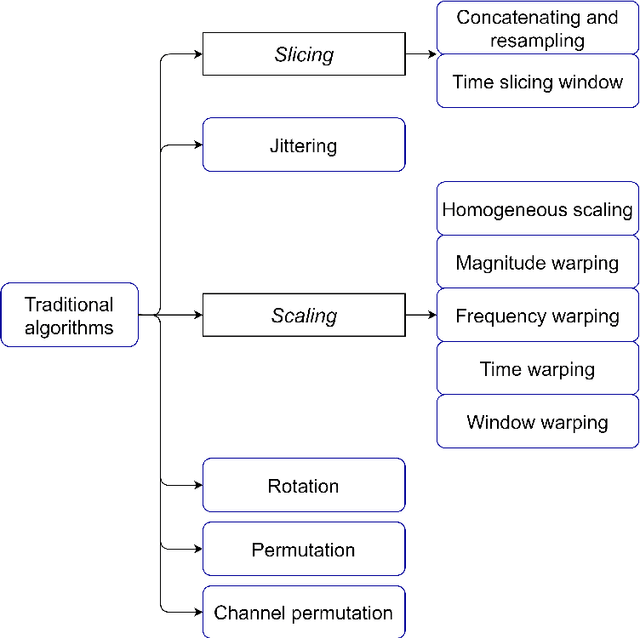
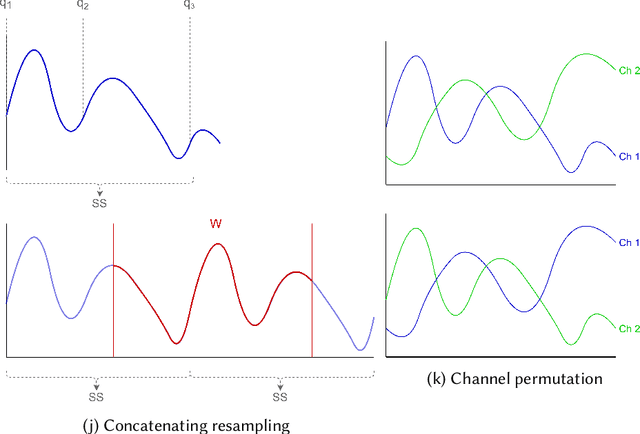
Abstract:With the latest advances in deep learning generative models, it has not taken long to take advantage of their remarkable performance in the area of time series. Deep neural networks used to work with time series depend heavily on the breadth and consistency of the datasets used in training. These types of characteristic are not usually abundant in the real world, where they are usually limited and often with privacy constraints that must be guaranteed. Therefore, an effective way is to increase the number of data using \gls{da} techniques, either by adding noise or permutations and by generating new synthetic data. It is systematically review the current state-of-the-art in the area to provide an overview of all available algorithms and proposes a taxonomy of the most relevant researches. The efficiency of the different variants will be evaluated; as a vital part of the process, the different metrics to evaluate the performance and the main problems concerning each model will be analysed. The ultimate goal of this study is to provide a summary of the evolution and performance of areas that produce better results to guide future researchers in this field.
A survey on GANs for computer vision: Recent research, analysis and taxonomy
Mar 21, 2022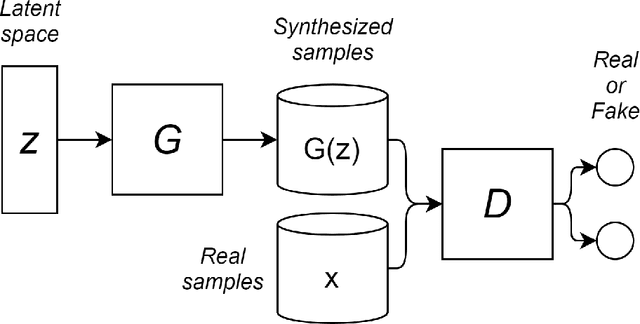


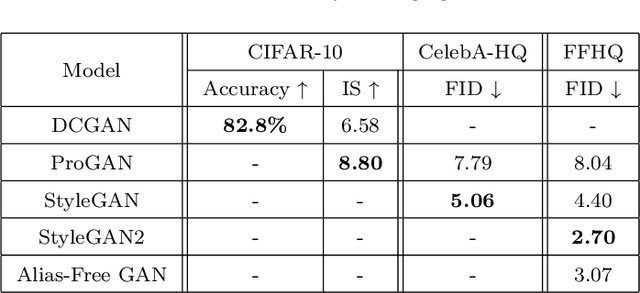
Abstract:In the last few years, there have been several revolutions in the field of deep learning, mainly headlined by the large impact of Generative Adversarial Networks (GANs). GANs not only provide an unique architecture when defining their models, but also generate incredible results which have had a direct impact on society. Due to the significant improvements and new areas of research that GANs have brought, the community is constantly coming up with new researches that make it almost impossible to keep up with the times. Our survey aims to provide a general overview of GANs, showing the latest architectures, optimizations of the loss functions, validation metrics and application areas of the most widely recognized variants. The efficiency of the different variants of the model architecture will be evaluated, as well as showing the best application area; as a vital part of the process, the different metrics for evaluating the performance of GANs and the frequently used loss functions will be analyzed. The final objective of this survey is to provide a summary of the evolution and performance of the GANs which are having better results to guide future researchers in the field.
 Add to Chrome
Add to Chrome Add to Firefox
Add to Firefox Add to Edge
Add to Edge